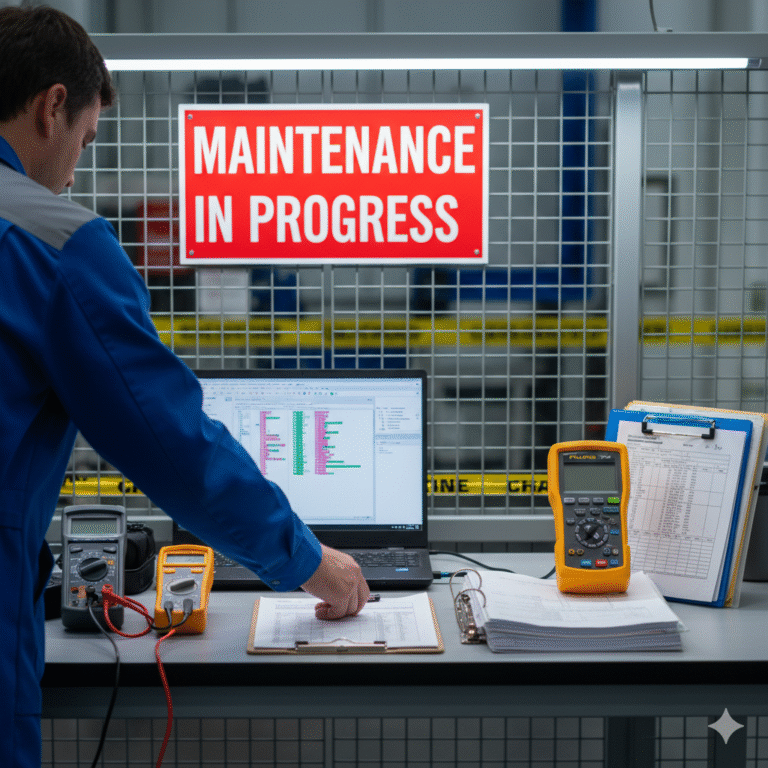Overview
Control system inspections are essential for preventing failures and ensuring system reliability. A standardized process should be established across three main aspects: hardware, software, and functionality.
1. Preparation for Inspection
Tools and Instruments:
Multimeter
Signal generator
Programming software (e.g., PLC programming software)
Calibration instruments (e.g., Fluke 754)
Documents:
Control system schematics
I/O list
Inspection checklist
Historical fault records
Safety Measures:
Ensure the system is in a non-operational state or isolated before inspection.
Hang a “Maintenance in Progress” sign.
If dealing with high-risk processes, obtain a work permit as required.

2. Inspection Items and Frequency
Inspection items should cover all critical components of the control system. The frequency of inspections should be defined based on the manufacturer’s recommendations, system complexity, and past fault history.
Regular checks on the following should be included:
Power supply
CPU status
Signal integrity
Control module health
Communication interfaces
3. Abnormal Handling and Records
Problem Classification:
Urgent Issues (e.g., power failure, CPU crash): Immediately shut down and repair the system.
General Issues (e.g., signal deviation): Record the issue and address it within a specified period (e.g., 24 hours).
Inspection Record:
Fill in the Control System Inspection Form, which includes:
Inspection items
Results
Descriptions of abnormalities
Responsible personnel
Resolution times
This form serves as a maintenance record for the equipment.

4. Advanced Inspection Strategies
Predictive Maintenance:
Use vibration sensors and temperature sensors to monitor critical components within the control cabinet (e.g., power modules). This approach helps to detect potential failures before they occur.Personnel Training:
Regularly conduct training for inspection personnel, focusing on the use of tools like oscilloscopes and logic analyzers. Emphasize troubleshooting processes for common failures such as communication disruptions and module damage.

Conclusion
A well-executed control system inspection process enhances system reliability, reduces downtime, and extends the service life of the equipment. By incorporating predictive maintenance and continuous training, organizations can minimize the risk of unexpected failures and optimize operational efficiency.
